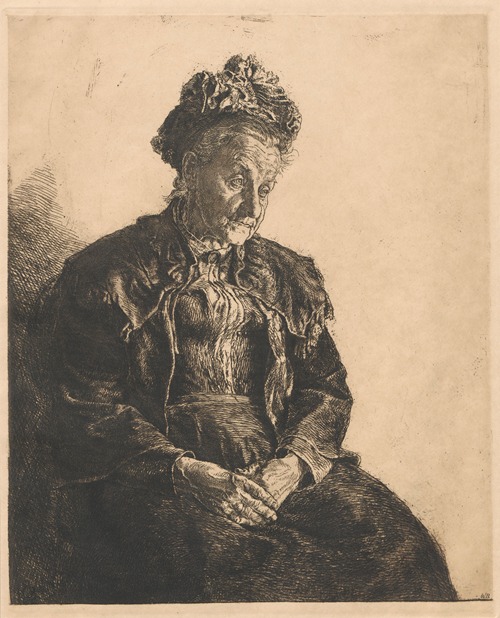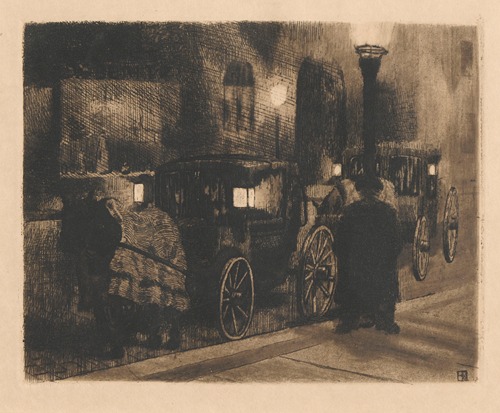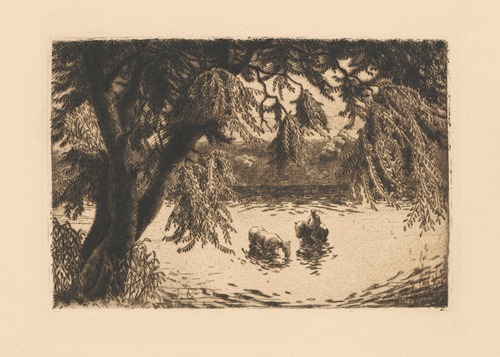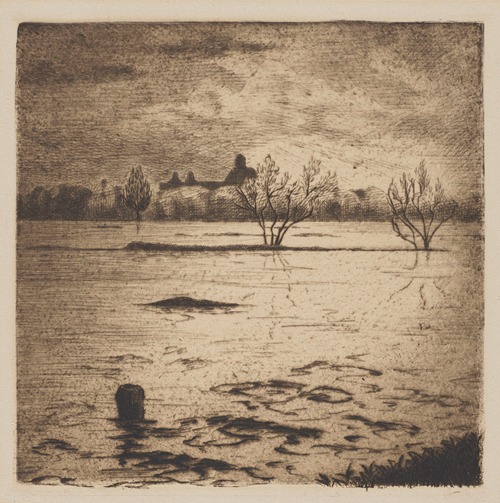
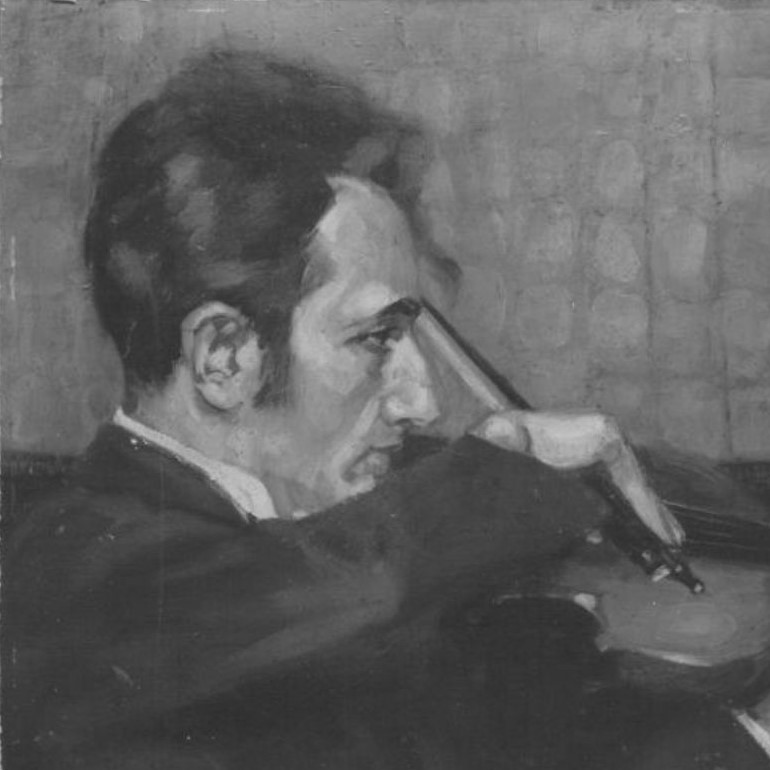
Walter Bud was a German painter and graphic artist.
The son of Jewish merchant Adolf Bud and his wife Anna, née Ruthenburg (born November 8, 1860 in Lüppedorf; died May 17, 1921 in Leipzig), he grew up with his older brother Hans Bud (born March 18, 1887 in Leipzig; died January 16, 1913 in Dresden) in Leipzig's Waldstraßenviertel district and attended the König-Albert-Gymnasium in his hometown from Easter 1901 to 1910. After graduating with honors, he initially followed his older brother's footsteps and studied architecture at the Technical University of Dresden.
However, following his inclination and talent, he soon transferred to the Dresden Art Academy to train in portrait and nude drawing.
From April 1913, he was a student of Hermann Groeber and Peter Halm at the Munich Art Academy. Subsequent study trips to Italy provided him with rich artistic inspiration.
Walter Bud's artistic work mainly comprises etchings, a number of which Hermann Voss was able to acquire for the graphic arts collection of the Museum of Fine Arts in Leipzig.
The First World War brought Walter Bud's artistic development to an end. He was killed in action as a non-commissioned officer in an infantry regiment of the 6th Royal Bavarian Reserve Division during the Second Battle of Flanders in the battle of Roclincourt, shot in the head. He is buried in the war cemetery of the commune of Saint-Laurent-Blangy in the Pas-de-Calais department.
From July 11 to August 1, 1915, the Leipzig Art Association dedicated a memorial exhibition to Walter Bud in the lecture hall of the Museum of Fine Arts, which included, in addition to the prints acquired by the museum during the artist's lifetime, further portraits, caricatures, his sketchbooks from the field, in which he had recorded his impressions of the war in pencil, as well as two portraits of Walter Bud by his artist friend Leo Rauth.
In 1922, the Leipzig art dealer P. H. Beyer & Sohn published a limited edition of 20 portfolios containing 12 original etchings by Walter Bud, printed on Japanese paper. The foreword was written by Karl Ettlinger. One copy is now in the Thomas J. Watson Library of the Metropolitan Museum of Art in New York.
